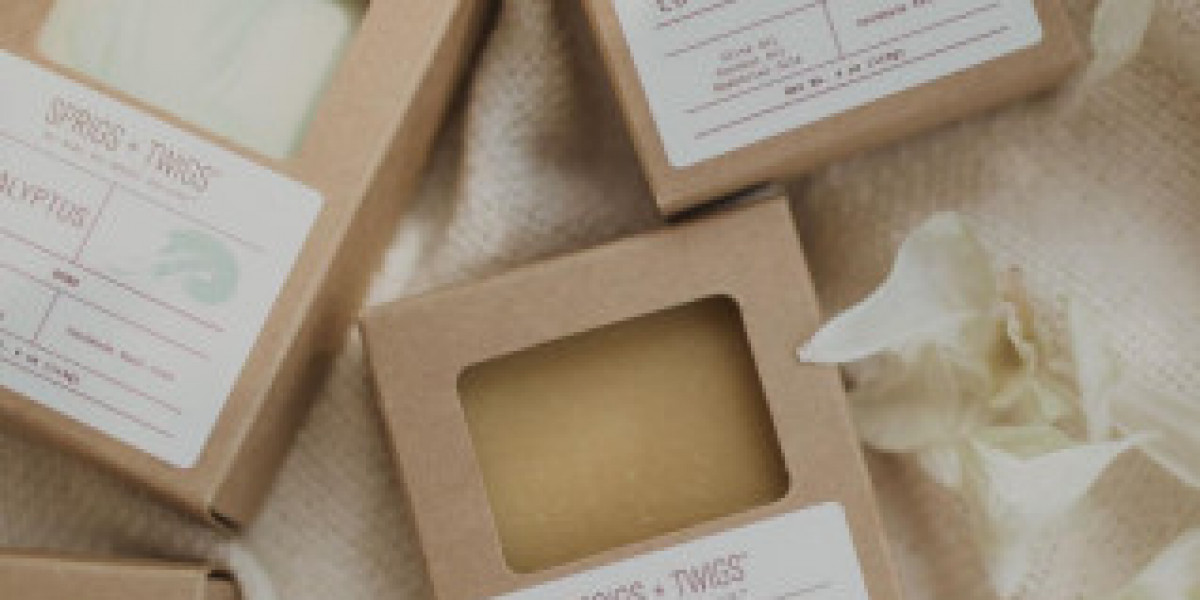Soap labels are more than just stickers on a product—they communicate brand identity, ingredients, and legal compliance. Whether you’re an independent artisan crafting handmade soap or a company producing large-scale commercial soaps, the right label plays a crucial role in marketing and compliance.
In this guide, we will explore everything you need to know about soap labels, from design considerations to regulatory requirements and branding strategies.
Why Are Soap Labels Important?
Soap labels serve several key functions:
- Branding and Marketing: A well-designed label helps your soap stand out on store shelves or online marketplaces.
- Consumer Information: Labels provide details about ingredients, usage, and safety.
- Regulatory Compliance: Depending on the country, there are legal requirements for labeling soaps correctly.
- Differentiation: Unique labels help distinguish your soap from competitors.
Understanding these factors will help you create effective soap labels that attract customers and comply with industry standards.
Essential Elements of a Soap Label
While soap labels may vary in design, they must include certain key elements to provide clarity to consumers and meet legal requirements.
1. Product Name
Your soap's name should be clear and prominently displayed. Whether it’s “Lavender Bliss Handmade Soap” or “Charcoal Detox Bar,” the name should align with your branding.
2. Ingredients List
Listing ingredients is crucial for transparency. Some consumers have allergies or sensitivities, so they need to know exactly what’s in the soap. Ingredients should be listed in descending order by weight.
- Example Format:
- Common Names: Coconut Oil, Olive Oil, Shea Butter, Essential Oils, Lye
- INCI (International Nomenclature of Cosmetic Ingredients) Names: Cocos Nucifera Oil, Olea Europaea Oil, Butyrospermum Parkii Butter, Sodium Hydroxide
3. Weight or Volume
The net weight of the soap must be clearly stated, typically in both ounces (oz) and grams (g). This helps consumers compare products easily.
- Example: 4.5 oz (128 g)
4. Business Information
Your brand name and contact details should be present on the label, including:
- Business name
- Website or email
- Location (City, State, Country)
This information is especially important for businesses selling handmade soaps at markets or online.
5. Batch Number and Expiry Date
If you manufacture soap in batches, including a batch number is useful for quality control and product tracking. Some soaps, especially natural ones, may also have an expiry date.
- Example: Batch #1023, Best Before: June 2025
6. Usage Instructions
Though most people know how to use soap, specific instructions can enhance customer experience, such as:
- "Lather with water, apply to skin, and rinse thoroughly."
- "Avoid contact with eyes. If irritation occurs, discontinue use."
7. Legal and Regulatory Compliance
Different countries have different rules for soap labeling:
- United States: The FDA (Food and Drug Administration) and FTC (Federal Trade Commission) regulate soap labels. If a soap is marketed for cosmetic or medicinal use (e.g., “anti-aging” or “antibacterial”), it must comply with additional cosmetic or drug regulations.
- European Union: The EU requires soap to follow cosmetic labeling laws, including an INCI-compliant ingredient list.
- Canada: Labels must be bilingual (English and French) and comply with Health Canada regulations.
Designing an Eye-Catching Soap Label
A great soap label is both functional and visually appealing. Here are some design considerations:
1. Choosing the Right Material
Soap labels need to withstand moisture and frequent handling. Consider using:
- Waterproof Labels: Ideal for bath and shower products.
- Kraft Paper Labels: Gives a natural, eco-friendly look.
- Clear Vinyl Labels: Offers a sleek and modern design.
2. Color Psychology
The colors you choose can influence consumer perception:
- Green & Brown: Natural, organic, earthy soaps
- Blue & White: Clean, fresh, and soothing
- Black & Gold: Luxurious, high-end branding
3. Typography and Fonts
Use easy-to-read fonts. Avoid overly decorative fonts for important details like ingredients and usage instructions.
- Serif Fonts (e.g., Times New Roman): Classic and elegant
- Sans-serif Fonts (e.g., Helvetica, Arial): Modern and minimal
- Script Fonts (e.g., Brush Script): Handmade or artisanal feel
4. Imagery and Logos
Including a high-quality logo reinforces brand recognition. If using images, ensure they are clear and relevant (e.g., flowers for floral-scented soaps, citrus fruits for citrus-scented soaps).
5. Label Shape and Size
Labels should fit the soap packaging without covering too much of the product. Common options include:
- Rectangular Labels: Great for boxed soaps
- Circular Labels: Perfect for round or oval-shaped soaps
- Wraparound Labels: Suitable for cylindrical or unique-shaped soaps
Eco-Friendly and Sustainable Soap Labels
As consumers become more environmentally conscious, many businesses are shifting to sustainable labeling options.
1. Recyclable and Biodegradable Labels
Choose labels made from recycled paper or biodegradable materials.
2. Soy-Based or Water-Based Inks
These inks are non-toxic and environmentally friendly compared to petroleum-based inks.
3. Minimalist Packaging
Using fewer materials reduces waste. For example, consider a simple paper band instead of a full wrapper.
Common Soap Labeling Mistakes to Avoid
Avoid these pitfalls to ensure compliance and professionalism:
- Not Listing All Ingredients: Transparency is key.
- Using Unapproved Claims: Avoid terms like “cures acne” unless you comply with FDA regulations.
- Poor Label Adhesion: Ensure labels stick well to avoid peeling.
- Illegible Fonts: Small or overly fancy fonts make information hard to read.
- Ignoring Local Regulations: Always check country-specific rules.
DIY vs. Professional Soap Labels
Depending on your business size and budget, you can choose between DIY labels or professionally printed ones.
DIY Labels
- Cost-effective for small batches
- Can use a home printer and waterproof label sheets
- Design software options: Canva, Adobe Illustrator, or Microsoft Word
Professional Labels
- Higher quality and durability
- More customization options (e.g., embossing, foil stamping)
- Printing companies like VistaPrint, Sticker Mule, and UPrinting offer bulk orders
Conclusion
Soap labels are an essential part of branding, compliance, and marketing. Whether you’re making handmade soaps for local markets or running a large-scale business, an effective label can enhance product appeal and customer trust. By focusing on design, materials, regulatory requirements, and eco-friendly options, you can create labels that not only attract buyers but also represent your brand authentically.









